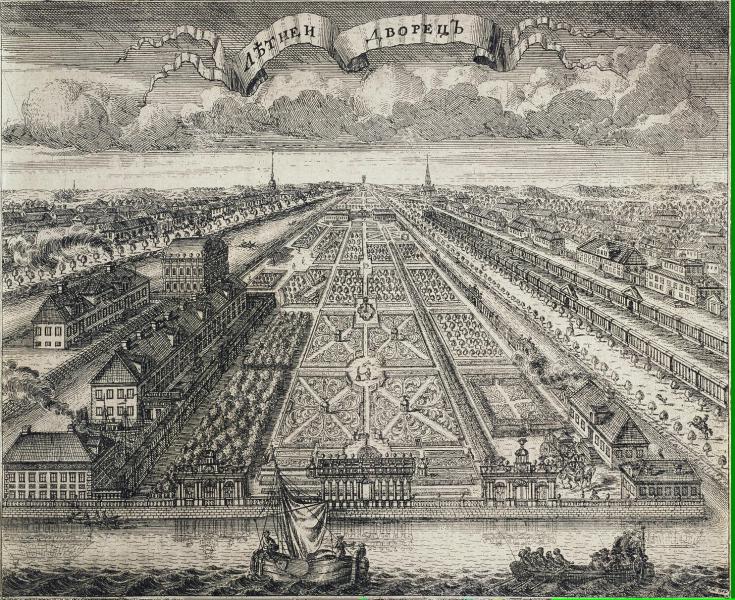
Margaret Samu
Adjunct Assistant Professor of Art History, Yeshiva U Stern College for Women
When did you first develop an interest in Slavic, East European and Eurasian Studies?
I was interested in Russia long before I even heard of SEEE Studies! I studied ballet from the age of seven and danced professionally into my mid-twenties. During that time we had increasing contact with the Russian ballet world, which piqued my interest in Russian culture. Eventually I had Russian teachers and colleagues who were working in the same artistic tradition that I had learned. It felt like we were speaking the same language with different accents.
How have your interests changed since then?
Later, at Wellesley College, I majored in Art History and French (which I had learned as a child). I already felt drawn to the nineteenth century because of my ballet background, so when I took a course on nineteenth-century Russian literature in translation, something clicked into place. In ballet, I had been virtually living at the intersection of nineteenth-century French and Russian culture. Now I could explore it intellectually. I studied Russian language intensively before starting graduate school in art history at NYU’s Institute of Fine Arts, where many professors encouraged me to write papers on Russian aspects of whatever course I was taking (portraiture, art criticism, etc.).
What is your current research/work project?
I am developing my dissertation into a book manuscript on the female nude in eighteenth- and nineteenth-century Russian art. It probably sounds a bit sexier than it is! The point is to explore the reception of western European artistic ideas in the Russian art world. My research ended up taking a totally different tack than I expected. When I started my dissertation research I thought the project would explain why there were so few nudes in Russian art, but primary sources I unearthed showed that they were extremely popular. Then my task became explaining both why there were so many and why no one seems to know about them now.
What do you value about your ASEEES membership?
As an art historian who teaches European and American art more than Russian, I appreciate getting together with colleagues who focus on Russia. The community of scholars in ASEEES working on art, architecture, and visual culture is extremely warm and supportive, so each annual convention becomes a reunion of friends, an opportunity to share and celebrate each other’s work. It’s been wonderful to participate in the revival of SHERA as a forum for scholarly exchange in our field. SHERA really owes its existence to ASEEES annual conventions.
Besides your professional work, what other interests and/or hobbies do you enjoy?
I recently took up Argentine tango and am absolutely addicted! Tango has a distinct technique and style, like ballet, but is easier on the body and much more social. Besides, tango is international, so I’ve already scouted out milongas (dance socials) for my next trip to Russia—I can hardly wait.
